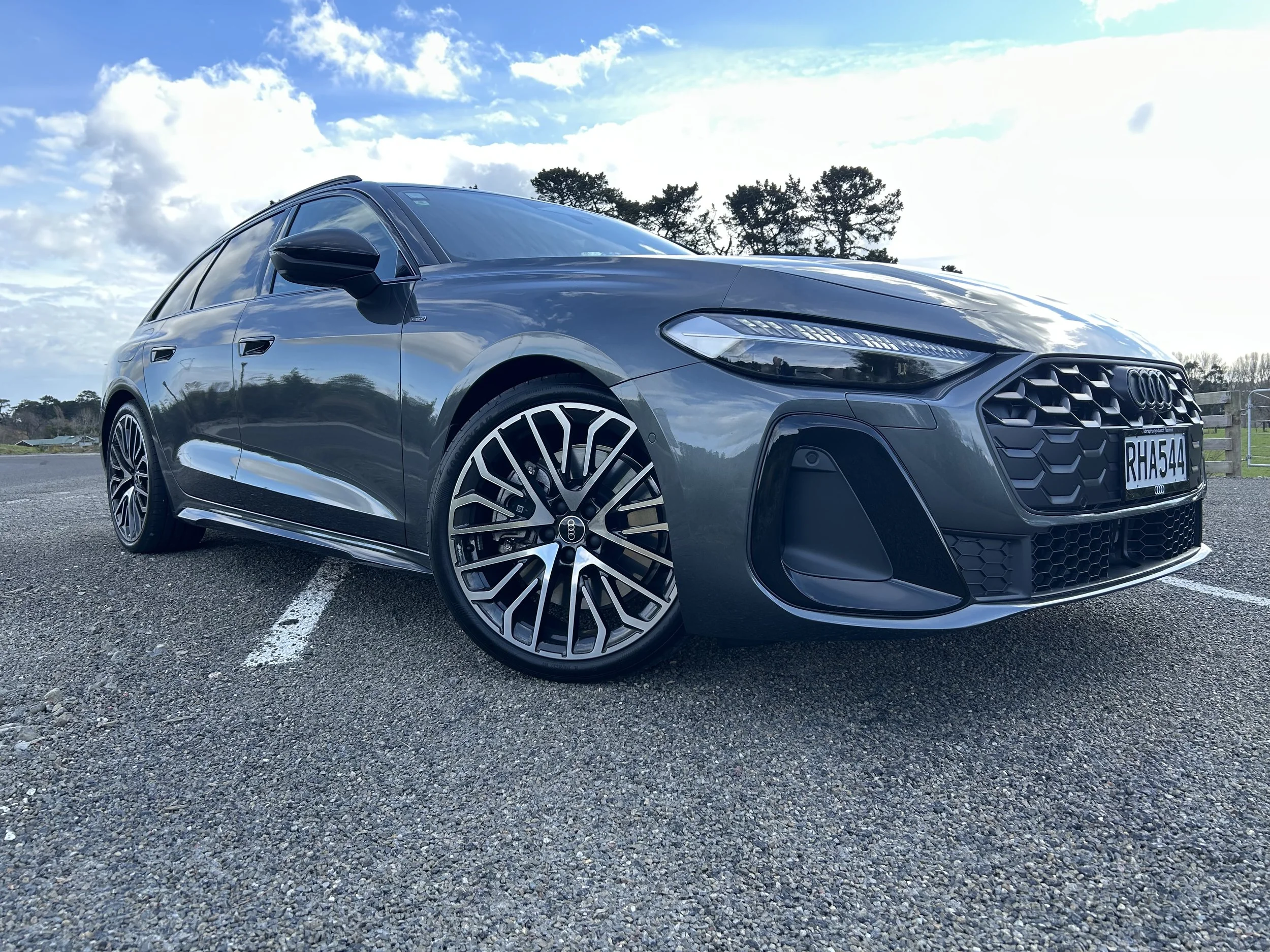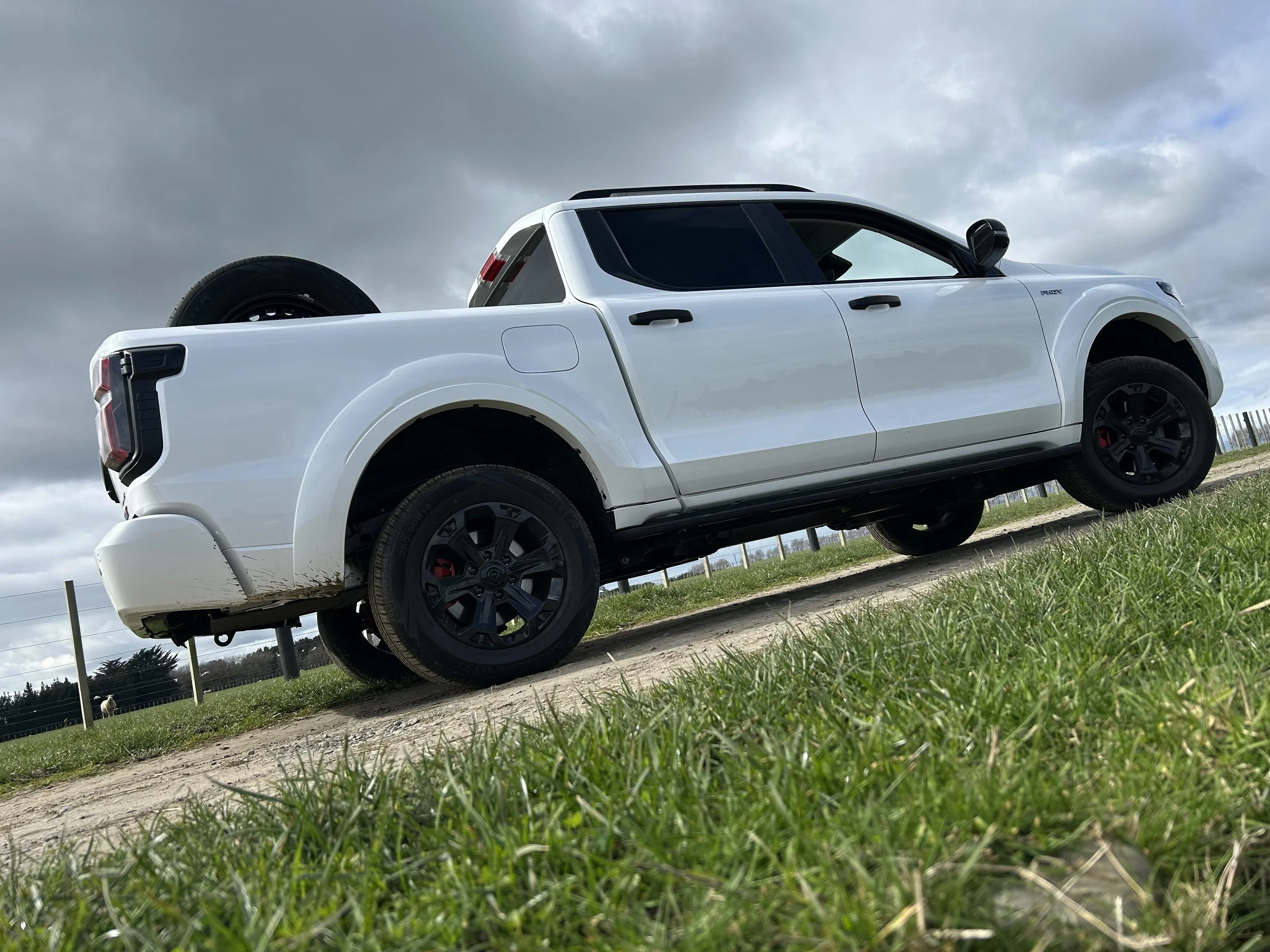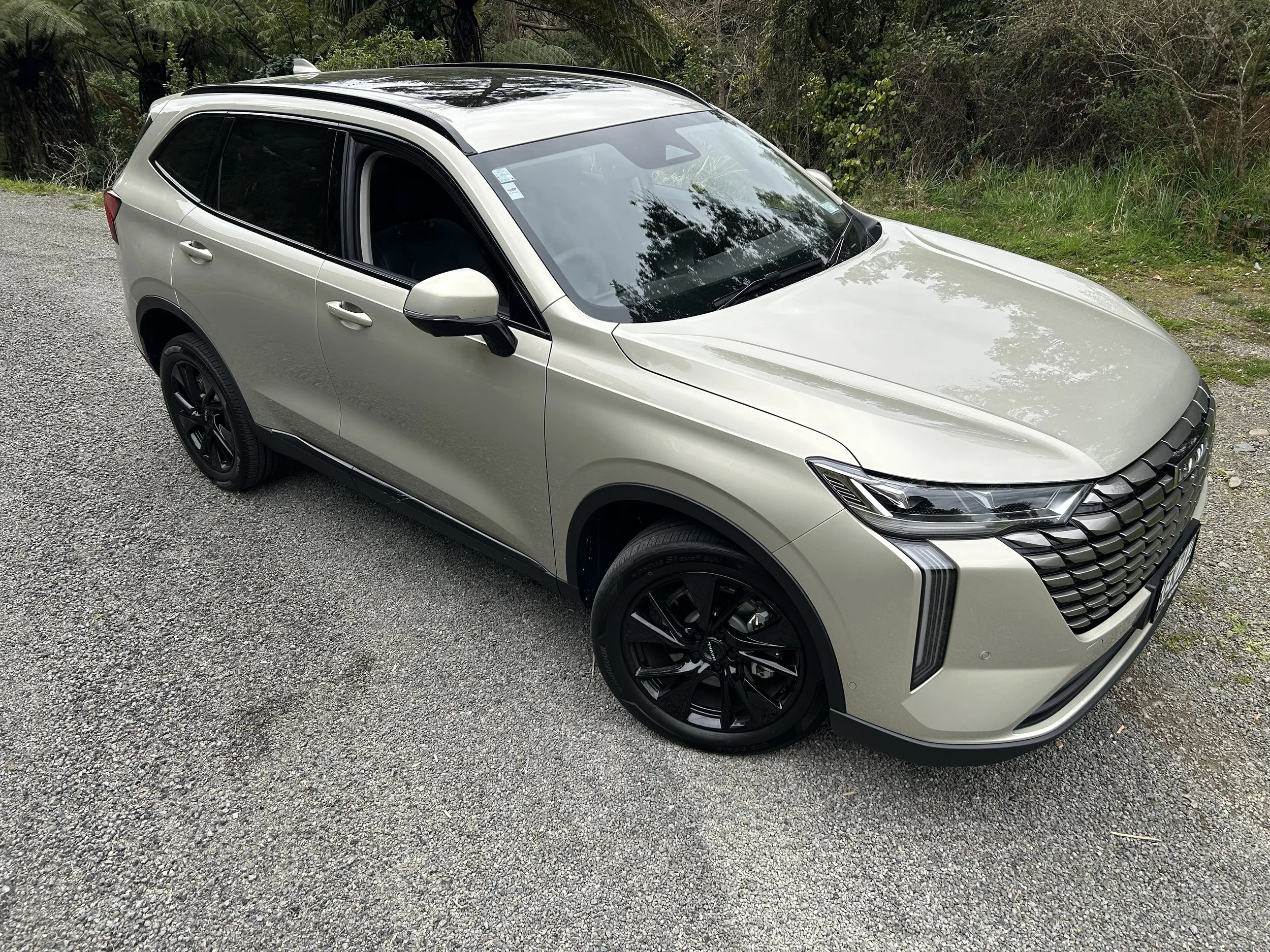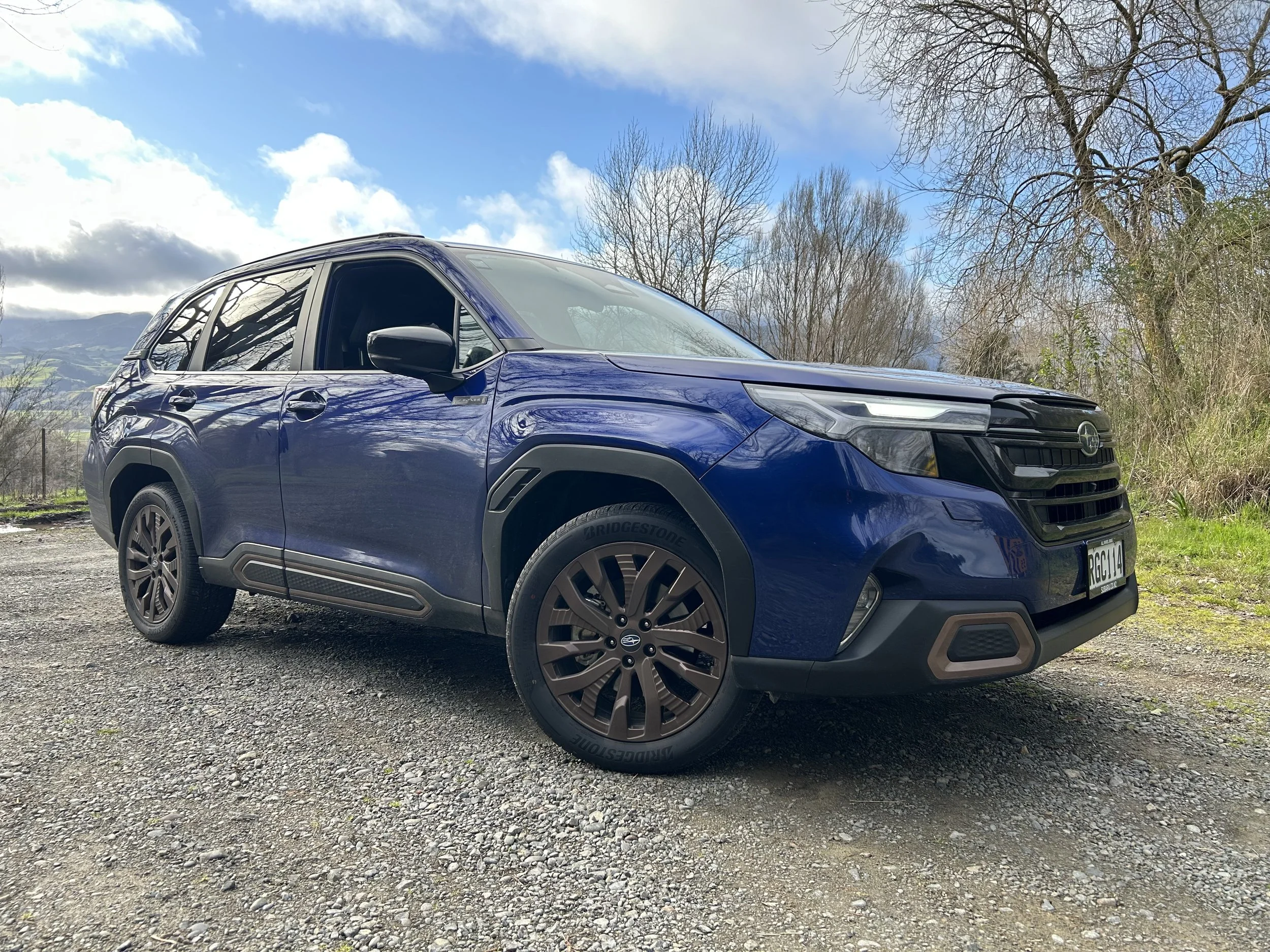Sonata updates to eight speed auto
/A new transmission and extra tech are promised with a refreshed Hyundai Sonata.
NEW Yorkers have been first to see the updated Hyundai Sonata expected here around August.
Hyundai has used the New York motor show to unveil the Series II Sonata, which delivers the same engine options as the current car but the six-speed automatic presently used is retired for an eight speed unit.
The updated car is also easily identified by its sharpened exterior design.
South Korea head office has confirmed all variants adopt the design changes, which span from new-look headlights and a premium front fascia with restyled grille to a redesigned rear-end with brake lights inspired, the brand says, by luxury sister marque, Genesis.
The interior is also given a spruce-up. The range-topping 180kW/350Nm 2.0-litre turbo car gets a new flat-bottom steering wheel, upgraded sports seats, alloy pedals, bold highlights and luxury dashboard trimmings.
All models take a new 8.0-inch touchscreen display that comes satellite-navigation, Android Auto and Apple CarPlay functionality once a smartphone is plugged in – firsts for Sonata.
Active safety features including automatic high-beam headlights, blind-spot detection, rear cross-traffic alert and lane departure warning with lane keep assist may also be offered, depending on the model grade.
Hyundai New Zealand has yet to respond to supposition that this part of the world might be offered a hero model with an athletic body kit based this on the turbo.
Hyundai Australia is reportedly petitioning Seoul for this edition, a deal that might also require New Zealand involvement in order to achieve viable volume.
The mainstream versions continue with suspension and chassis settings from the current model.
Medium and large sedans are losing popularity, with many previous fans now preferring similar-sized crossovers and sports utilities and Sonata appears to have been particularly savaged by the swing, with registrations data showing 91 units finding homes in 2016 against 235 the year prior.
















